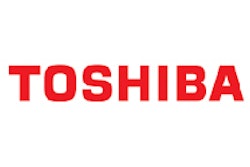Dear AuntMinnieEurope Member,
The staging of ECR is always welcome, because it means spring is just around the corner. European winters are not as harsh and severe as they were a decade or two ago, but it's still a relief when they're over.
This year's congress was another well-organized, well-attended event. At a time when the continent is facing huge challenges and there's a real possibility of the EU fragmenting, ECR underlines what we can achieve when we pull together and collaborate.
Today our experienced five-strong editorial team for ECR 2016 presents our personal assessment of this year's congress, identifying the central themes and key areas of interest. Click here to read more.
Over the next year, it's safe to say Dr. Paul Parizel, PhD, will be extremely busy. He's the first person to take on the position of combined ESR/ECR president. In an in-depth interview, he speaks for the first time about his new role and his plans for ECR 2017. Get the story here.
The Institut Gustave Roussy in Villejuif, south of Paris, is one of the world's leading cancer care facilities. New information has become available about how it approaches suspected breast cancer cases. To find out more, click here.
The mere mention of "functional MRI" can instill fear in a clinically focused radiologist or radiographer who feels unsure about his or her knowledge of physics, chemistry, and all things molecular. So a prize-winning beginners' guide presented by Spanish researchers at ECR 2016 is bound to attract plenty of interest.
To succeed with functional MRI and produce valuable reports, you must be able to recognize anatomical landmarks, the authors emphasized. Click here to learn more.
For our full coverage from ECR 2016, please feel free to dip into our dedicated RADCast section. And tomorrow we'll be unveiling our 10 most popular articles.



















